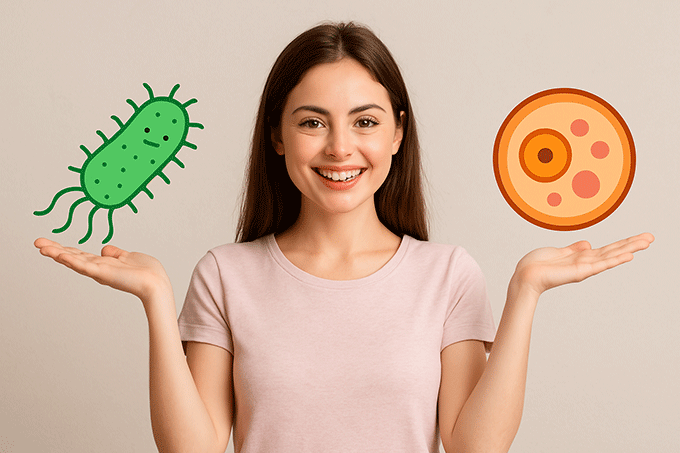For years, people have repeated the startling claim that the human body hosts more bacteria than human cells—often citing a 10:1 ratio. However, recent research turns this idea on its head, suggesting the numbers are much closer to even. Scientists now estimate that the ratio of bacteria to human cells in our bodies is roughly 1:1, a finding that reshapes how we view our microbial companions.
This updated estimate comes from a study that revisited earlier assumptions. The old 10:1 figure, widely quoted in textbooks and trivia, stemmed from rough calculations in the 1970s. Back then, researchers guessed the human body had about 10 trillion cells and multiplied that by 10 for bacteria, landing at 100 trillion microbial residents. But modern science has sharpened the picture. Using improved techniques, researchers now peg the number of human cells at around 30 trillion, with bacteria clocking in at a similar range—about 39 trillion.
Why does this matter? Bacteria aren’t just freeloaders; they’re essential to our health. They help digest food, train our immune systems, and even influence mood through the gut-brain connection. A 1:1 ratio doesn’t diminish their role—it highlights a balanced partnership. Still, the numbers vary by person. Factors like diet, hygiene, and lifestyle can tip the scales, making your microbial mix unique.
The shift in understanding also busts a myth that’s lingered too long. “We’ve been overselling the bacteria dominance story,” says Dr. Ron Milo, a biologist involved in refining these estimates. His team’s work shows science isn’t static—new tools and data can rewrite what we thought we knew.
So, next time someone drops the “more bacteria than cells” line, you can set the record straight. It’s not a microbial takeover; it’s a close-knit tie. This research, originally detailed by Milo and colleagues in a 2016 study published in Cell, offers a clearer lens on the tiny allies keeping us ticking. Thanks to their efforts, we’ve got a more accurate tally of who’s living in—and on—us.
The findings in this article are based on research by Ron Milo and co-authors, published in Cell in 2016. Gratitude to their team for updating a long-held assumption with solid science.

